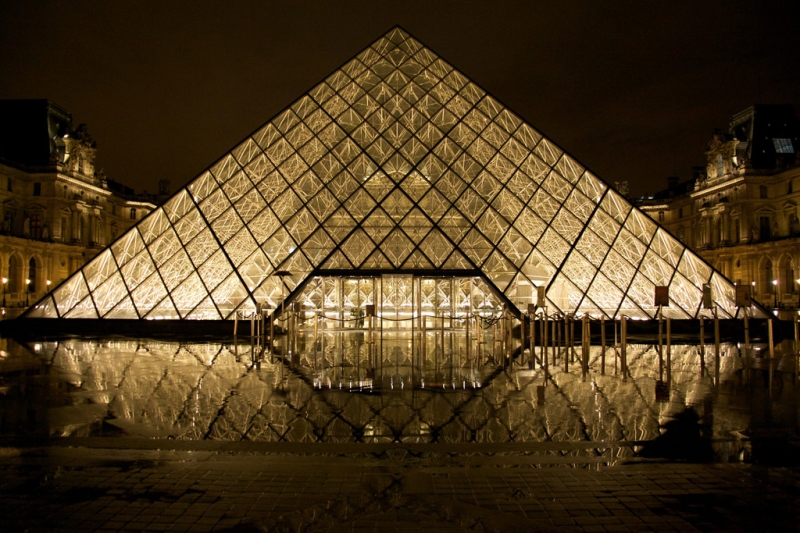
For some, relaxation is the beach from morning to evening, for others it’s the best restaurants and nightclubs, and some prefer to visit museums. But this pleasure does not come cheap. If you are a real museum “maniac”, you definitely need to know how to get into the most famous and rich museums in the world for free.
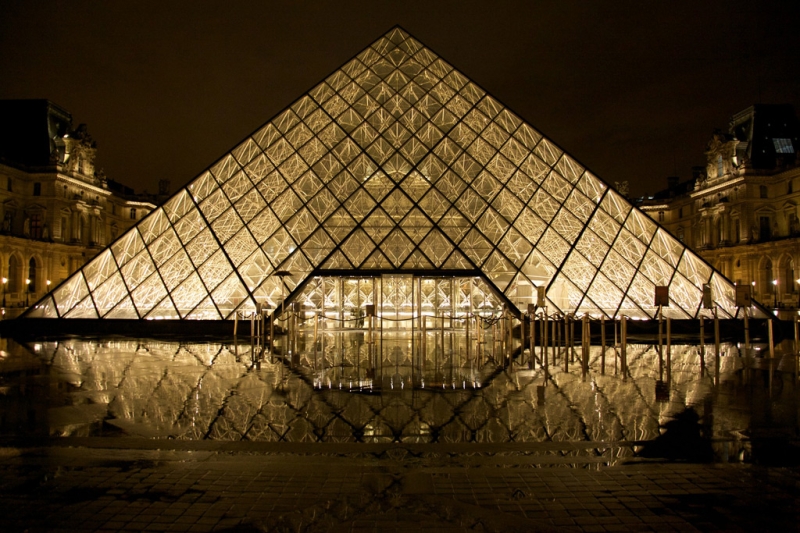
Louvre (Paris, France)
The Louvre (website) regularly receives the status of the most visited museum in the world – it’s easy to imagine what a full house is happening here every day. Such high popularity is understandable – there are more than four hundred works of art here, including the Mona Lisa and the Venus de Milo. The area of the museum is approximately the size of twenty football fields. This means that dreamers who hope to see all the exhibits will have to stay in Paris for at least a week and spend every day in the Louvre from morning to evening.
The history of the Louvre began with a military fortress, which was built in the 13th century. The remains of this structure remain in the foundation of the museum, and can be seen even today. Over time, a royal castle appeared here, and every ruler considered it a matter of honor to bring back some work of art from his campaign. Thus, the collection, collected over centuries, turned into a famous museum at the end of the 18th century.
You can enter the Louvre for free on the first Sunday of the month from October to March. The rest of the time, admission costs 15 €. Children under 18 do not need to pay.

Vatican Museums (Rome, Italy)
The Vatican is famous not only for its history and unique status as a city-state, but also for its museums. Almost every tourist who finds himself in Rome dreams of getting here. The famous Sistine Chapel with paintings by Michelangelo, works by Raphael, mummies, pharaohs and other artifacts located on nine exhibition kilometers are incredibly popular. All collections were collected by popes from the beginning of the 16th century.
In total, the Vatican Museums (website) number almost one and a half thousand rooms with the most interesting and incredible themes. For example, in the Gallery of Geographical Maps, the entire ceiling is decorated with maps of different sizes, times and types – from parchment to gold. Underground is the Hall of Chariots, where the means of transportation of the popes are collected, ranging from ancient carriages to modern cars. But the most visited place is, of course, the Sistine Chapel. It is forbidden to take photographs or shoot videos, and you can only talk in a whisper.
Free entry to the Vatican Museums is valid every last Sunday of the month from 9:00 to 12:30, as well as on September 27 – Tourism Day. Usually a ticket costs 16€, and children under 6 years old always have free admission.
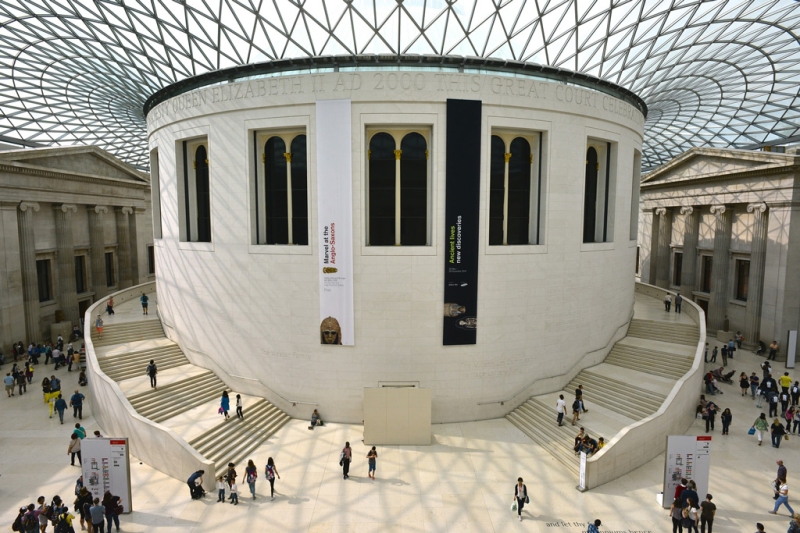
British Museum (London, UK)
Great news for everyone who is planning to satisfy their cultural hunger in London: one of the most popular museums in the UK and around the world does not charge money for visiting! This means that at any time of the year, month or week you can visit the main exhibition of the British Museum (website) for free. Only temporary exhibitions are paid additionally.
The museum opened in the mid-18th century and was created on the initiative of the English government with the support of thousands of patrons and ordinary people. It must be said, however, that many of the museum’s exhibits were at one time selected, stolen, or taken away during wars, that is, obtained by dishonest means. By the way, some countries to this day demand the return of their cultural artifacts.
The museum has 94 galleries containing sculptures of pharaohs, statues of gods, sarcophagi and many other valuable items. Interesting fact: The British Museum is the only place where several cats are officially employed, whose duties include catching mice.
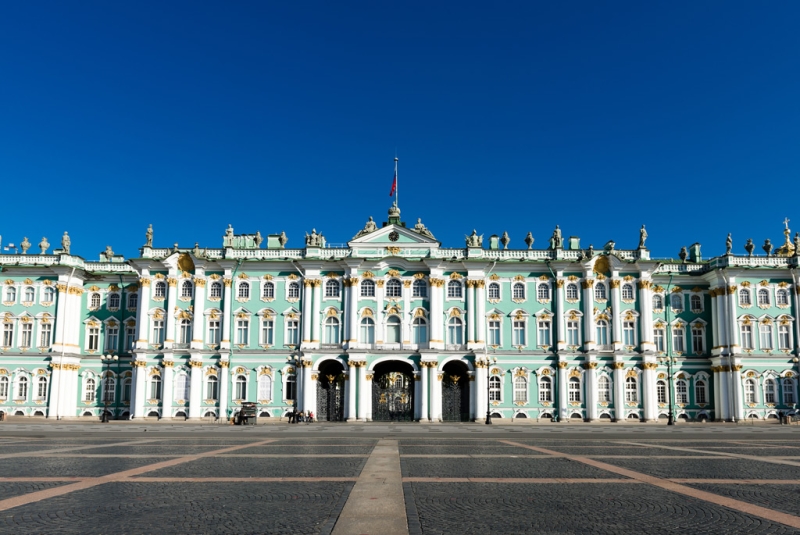
Hermitage (St. Petersburg, Russia)
The world-famous St. Petersburg Hermitage (website) has a collection of more than three million works of art, jewelry and archaeological finds. The origins of the museum’s creation lie in the collection of Empress Catherine II, who was fond of painting and acquired works by artists from all over the world. The Hermitage is located in several buildings, including the Winter Palace. The most famous works of the museum are “Madonna and Child” by Leonardo da Vinci, “The Holy Family” by Raphael, “Apostles Peter and Paul” by El Greco and many others.
Fortunately, the Hermitage collection is one of the few that was not damaged during the Second World War. The most valuable works were promptly transported deep into the country, so after the end of hostilities only minor restoration of the paintings was required.
You can visit the Hermitage for free every first Thursday of the month. Also, free entry is always valid for children, students and pensioners of the Russian Federation. On a normal day, the entrance fee is 400 rubles (for citizens of the Russian Federation and Belarus) and 600 rubles (for all others).
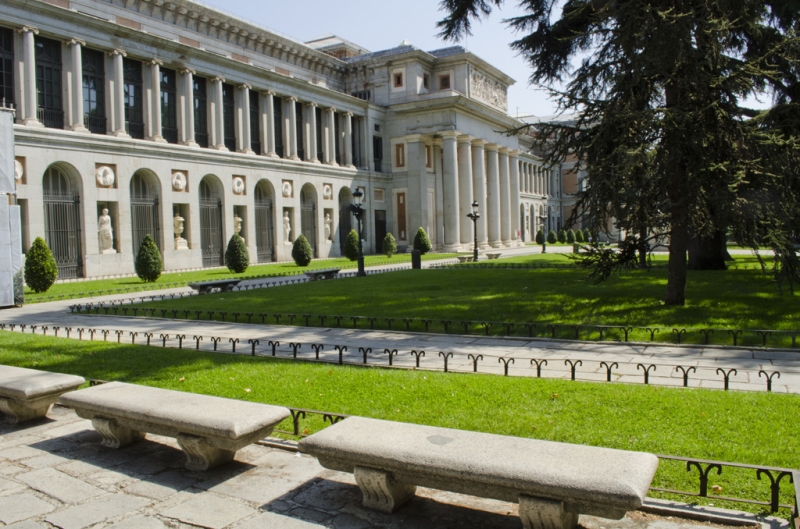
Prado Museum (Madrid, Spain)
Spain also boasts some of the most popular museums in the world. For a long time, the country was heavily dependent on the Catholic Church, which is why the museum’s exhibition was collected by church leaders and the royal family. They say that the Spanish King Philip II, who lived in the second half of the 16th century, loved painting so much that he decorated all the walls of his bedroom with the most famous paintings.
The Prado Museum (site) was opened at the beginning of the 19th century and now houses works by artists such as Bosch, Raphael and Velazquez. There are many exhibits from representatives of the Venetian school of painting, and, of course, there were the Dutch and Flemings: Rubens, Rembrandt, Van Dyck.
There are much more opportunities to get into the Prado Museum for free than into other famous museums. So, if you come from Monday to Saturday from 6 to 8 pm or on Sunday from 5 to 7, you can see the exhibition for free. At other times, the ticket costs 14 €, and children and students under 25 years old have the right to free entry.
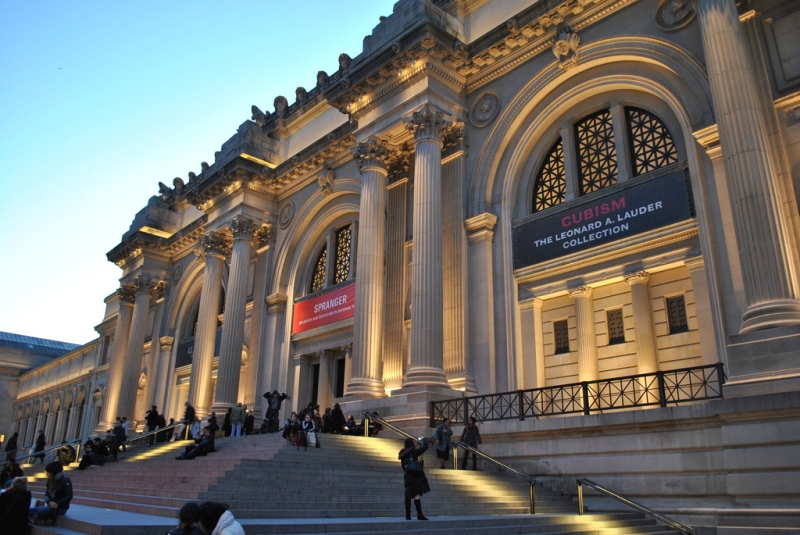
Metropolitan — museum (New York, USA)
This museum was created in the 19th century by businessmen who were passionate about art. To this day, it does not have any financial support from the state; there are always enough private sponsors.
The museum is based on three private collections, which over time were supplemented by works by world-famous masters. Thus, the Metropolitan Museum of Art (website) has a unique painting by Renoir, many masterpieces of the Impressionist era and several paintings by the famous portrait painter Vermeer. In total, about two million works are collected here. Another feature of the museum is its photographic works and one of the most complete collections of Egyptian art. By the way, George Clooney became the first president of the museum.
Here you will find works of American art, knightly weapons and armor, masterpieces of medieval and modern art, and even a room with clothes worn by people from all continents since the 14th century.
Metro differs in its payment system. It’s called PAYW – pay what you want. This means that the desired ticket price of $20-25 is indicated at the entrance, but you can pay as much as you see fit, or enter for free.
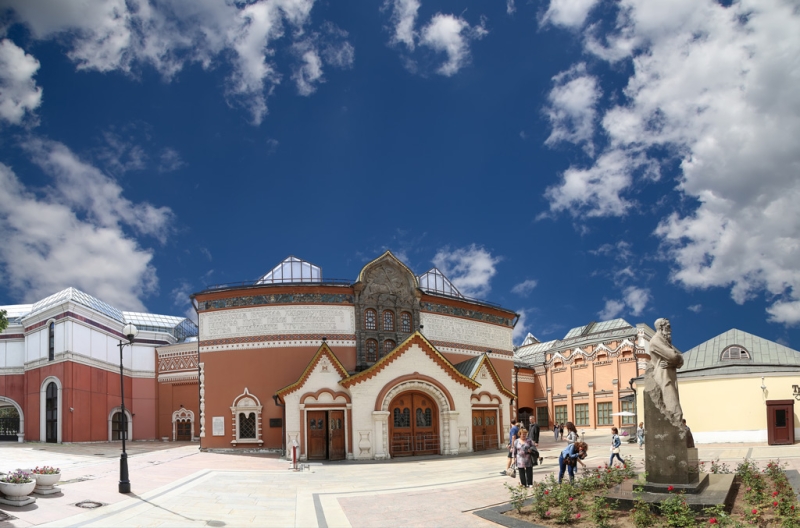
Tretyakov Gallery (Moscow, Russia)
It is here that the most significant collection of Russian art is collected thanks to the merchant Pavel Tretyakov. The gallery is divided into several parts-buildings. It all started with the house of the merchant himself, who over time had to make more and more extensions, since the paintings simply did not fit in his house.
Now the Tretyakov Gallery (website) houses more than a hundred thousand exhibits, and there are creative studios for children. One of the main assets of the museum is a collection of icons from the 11th to 16th centuries. There are also paintings “Unknown” by Kramskoy, “Alyonushka” by Vasnetsov, “Morning in a Pine Forest” by Shishkin and many others.
The permanent exhibition is available to everyone free of charge every Wednesday. Also, on the first two Sundays of every month, free admission is organized for Russian students, and every Saturday – for large families from Russia or the CIS. The rest of the time, a ticket to the gallery costs 400 rubles, students – 150 rubles, and children under 18 – free.
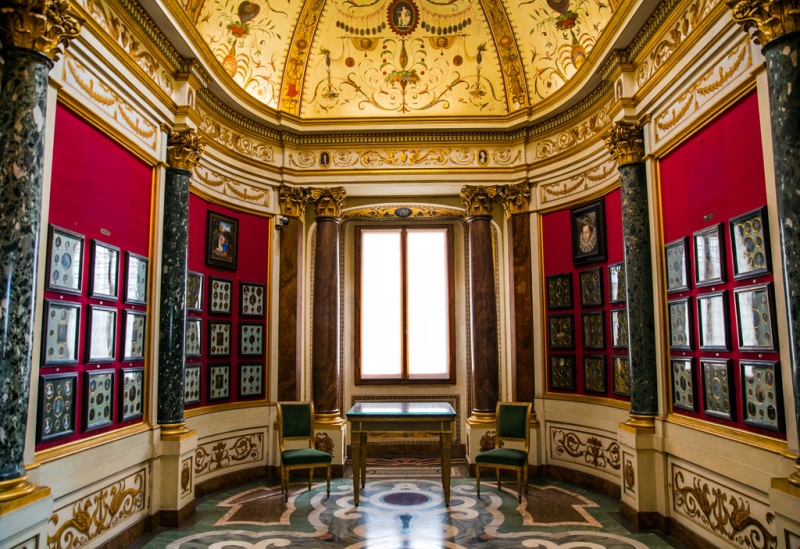
Uffizi Gallery (Florence, Italy)
The creation of this museum began with the fact that the Florentine ruler Cosimo Medici decided to unite the entire city administration in one palace. For this purpose, the spacious Uffizi building was erected, into which the family collection of Medici paintings was transported in the mid-16th century. After some time, the collection grew so large that it turned into a museum for the elite – ordinary people could not look at the paintings. But half a century later, the museum building was handed over to the people, and since then anyone can enjoy the beauty of the unique paintings.
Many exhibits were created by order of the Medici himself, for example, “Madonna and Child and Angels” by Lippi. There are mainly works by Italian artists and sculptors, but there are many representatives of other cultures. Tourists line up in huge queues to see with their own eyes the rare works of Botticelli (who was also a friend of the Medici), such as The Birth of Venus. The collection also includes Raphael, Rembrandt, Leonardo da Vinci and even a self-portrait of Aivazovsky.
The museum (website) is open to everyone free of charge on the first Sunday of every month. At other times, tickets cost from €9, children under 18 years of age can visit the gallery for free.
Convenient and understandable search engine for hotels around the world – OneTwoTrip.

